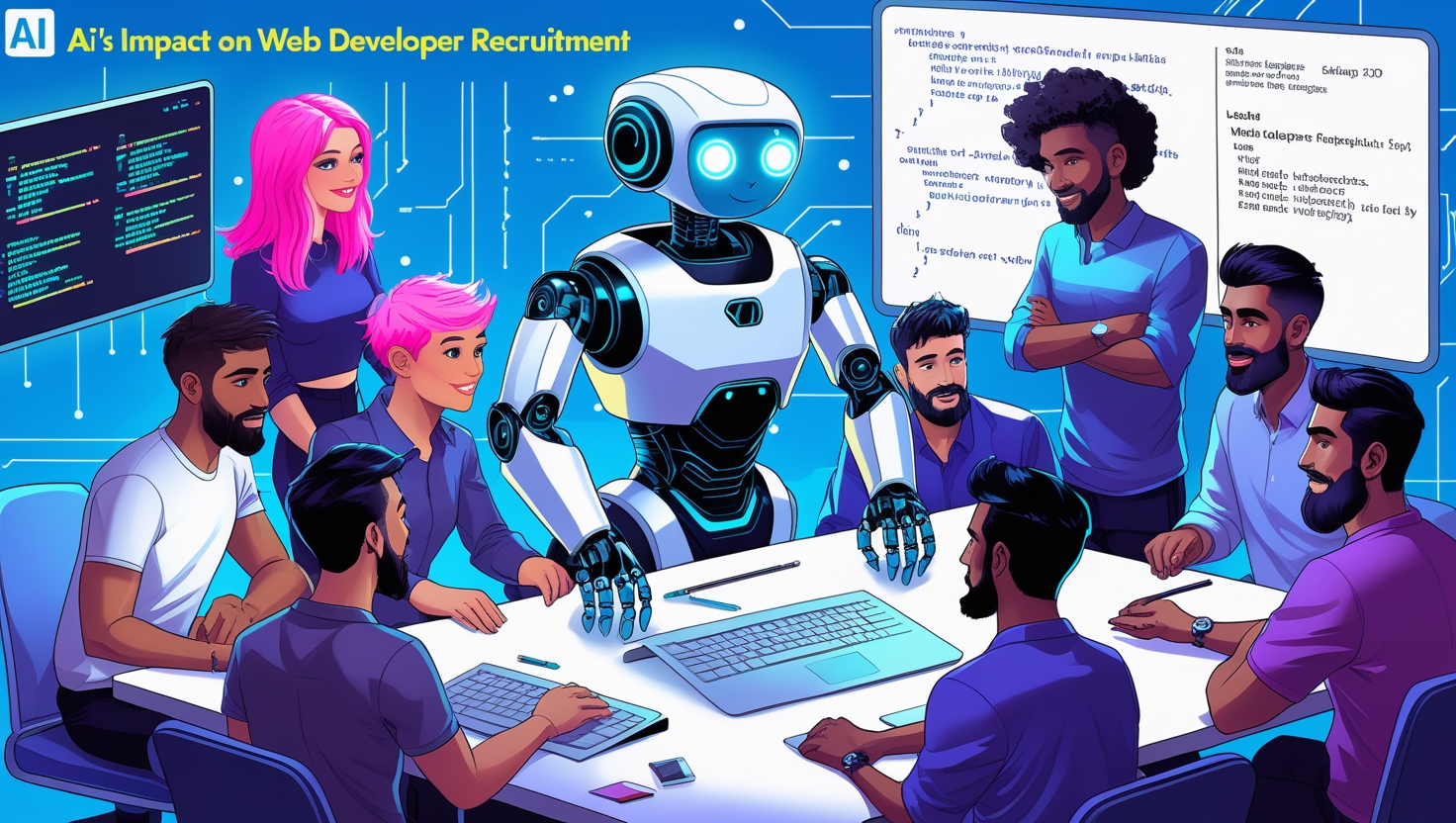Artificial Intelligence (AI) is revolutionizing the world of marketing, reshaping how businesses connect with customers, make decisions, and create campaigns. With advancements in AI technology, marketers are able to automate tasks, personalize customer experiences, and gain valuable insights that were previously impossible or time-consuming to obtain. Here’s a closer look at how AI is changing the future of marketing:
1. Personalized Marketing Experiences
AI enables businesses to offer highly personalized experiences to customers. Through machine learning algorithms, businesses can analyze vast amounts of data on consumer behavior, preferences, and past interactions. This data is then used to predict future needs, making it possible to send targeted messages, product recommendations, and offers at the right time.
Example:
Companies like Amazon and Netflix use AI to recommend products or shows based on what customers have bought or watched in the past. Studies show that Amazon’s recommendation engine is responsible for approximately 35% of its total revenue.
2. Chatbots and Conversational AI
AI-powered chatbots are changing how businesses interact with customers. These chatbots use natural language processing (NLP) to understand and respond to customer inquiries in real-time. By providing 24/7 support, they can help with customer service, lead generation, and sales.
Facts:
A report by Juniper Research suggests that by 2025, chatbots will save businesses over $11 billion annually in customer service costs. The ability of chatbots to handle frequently asked questions (FAQs) and basic issues allows human agents to focus on more complex queries.
3. Automating Content Creation
AI is making content creation easier and faster. Tools powered by AI can generate blog posts, social media content, product descriptions, and more by analyzing existing content and creating new materials based on the patterns they find. This reduces the time marketers spend on routine tasks and increases productivity.
Example:
OpenAI’s GPT-3 is a powerful AI that can write high-quality articles, emails, and even code. It has been used by various companies to create content automatically, saving marketers valuable time.
4. Data-Driven Insights and Predictive Analytics
AI can sift through large datasets quickly and identify trends, patterns, and insights that marketers can use to make informed decisions. By applying machine learning algorithms, AI can predict customer behavior and market trends, allowing businesses to adjust their strategies accordingly.
Example:
Tools like Google Analytics and HubSpot use AI to track website visitor behavior, helping businesses improve their online presence. Predictive analytics can also help marketers forecast sales, customer churn, and lifetime value.
5. Improved Advertising Targeting
AI plays a major role in improving advertising strategies by enabling hyper-targeted ads. By analyzing user data, AI can predict what ads are most likely to engage a customer, optimizing ad spend and improving return on investment (ROI).
Facts:
According to eMarketer, businesses are expected to spend over $155 billion on AI-powered advertising by 2025. This growth shows how much businesses are relying on AI to optimize their advertising efforts.
6. Voice Search Optimization
As voice-enabled devices like Amazon Echo and Google Home continue to grow in popularity, businesses are using AI to optimize their content for voice search. AI helps marketers understand how people phrase their queries and how they use voice assistants, leading to more effective SEO strategies.
Stats:
Statista reports that by 2024, there will be over 8 billion voice assistants in use globally, underlining the importance of voice search optimization for marketers.
7. Enhanced Customer Segmentation
AI helps businesses segment their customer base more effectively by analyzing a wider range of customer data than ever before. AI algorithms can recognize patterns and categorize customers based on behaviors, demographics, and even their emotional responses to past interactions.
Facts:
A McKinsey report found that AI-driven customer segmentation can boost profits by 5-10%, as businesses are able to deliver more tailored offerings to different customer groups.
8. Visual Recognition and AI in Image Marketing
AI-powered visual recognition tools are transforming how marketers create and analyze content. AI can identify objects, people, and emotions in images and videos, which helps brands optimize their marketing materials for better engagement.
Example:
Brands like Instagram use AI to recommend photos and videos that match user interests. AI also helps in analyzing visual content, allowing marketers to see which types of images or videos perform best.
9. AI for Customer Journey Mapping
AI helps marketers map out the entire customer journey, from awareness to purchase. By tracking a customer’s interactions across various touchpoints, AI can identify areas where businesses can improve the customer experience, create more engaging content, and optimize conversion rates.
Facts:
A report by Gartner suggests that by 2025, 75% of organizations will be using AI to design customer journeys, providing more seamless and engaging experiences.
10. AI-Powered Email Marketing
AI is also transforming email marketing by automating email campaigns, personalizing content for each subscriber, and optimizing send times. With AI, marketers can track which subject lines, content types, and calls to action resonate most with recipients.
Stats:
According to Persado, emails powered by AI-driven subject line optimization see up to a 41% higher open rate than those created manually.
Conclusion
AI is not just a passing trend but a major force that is reshaping the marketing landscape. From personalized customer experiences to improved data analytics, AI is allowing marketers to operate more efficiently and effectively. As AI technology continues to evolve, we can expect even greater advancements that will further change how businesses engage with their customers and drive growth. By embracing AI, marketers can stay ahead of the curve and gain a competitive advantage in an increasingly digital world.



